On August 11, a so-called Stolperstein (“stumbling stone”) was laid in front of 1 Pozsonyi Street, Budapest, which was the poet Miklós Radnóti’s home before he was sent for forced labour service and killed during the Second World War. Small commemoration, few words in newspapers – only because it wasn’t any “random” victim of the Holocaust but one of the most famous and popular figure of Hungarian literature. There were, however, millions of “random people” as well, who could have lived for a century in more peaceful times without getting noticed. The fact that nowadays their names are read by thousands of strangers and anyone can know about their destiny (“deported”, “killed” and its variations), is German artist Gunter Demnig’s merit. He was resting after a trip to the Czech Republic when I called him for this interview.
How was your time in the Czech Republic?
We have laid Stolpersteine, I don’t even remember anymore in which cities. (According to the project’s website, there were nine cities – Zs.H.) It was stunning to see how many descendants came to the commemorations. These are moving, touching and important moments. Although my stones can’t replace gravestones, people still can visit them, so they might give some consolation for remembering descendants.
Who are they? Children of the victims?
More like grandchildren today. They might not have known the grandparent, but they still keep photos and family stories. Before arriving at a place, I only know the data what is written on the stone. Then descendants come, they show me the photos and tell me all the missing parts.
You’ve been working on holocaust memorials for almost thirty years. What was your first work of this kind?
A line carved in the cobble stones in Cologne, remembering the horrors of the Roma Holocaust. They were persecuted since 1939 – we can say that violence against Roma and Sinti was the practice for violence against Jews. Without these “rehearsals”, Nazis wouldn’t have been able to destroy as many people that systematically and planned as they did in the mid-forties. So I was standing in Cologne in front of the railway station, thinking about the German Railways who assisted to the mass murder of five hundred thousand innocent people. This resulted in the line that I created on May 6, 1990. This was only a general remembrance, dedicated to all victims. The next step was to turn my attention to the houses and try to reconstruct where people lived before they were deported.
So you made an inner journey from the collective reminiscence to the individual one?
The word’s of a Rabbi of Cologne inspired me, who cited from the Talmud: “True death is when someone is forgotten.” The Stolpersteine are only small works of art, I don’t create them like some big factory, but if there is a neighbourhood where ten percent of the houses have a Stolperstein, then it’s symbolic regarding the other houses.

How does the process go? Descendants tell you that they would like to lay a stone in someone’s memory?
Sometimes yes, and sometimes history clubs search for data relevant to some location. Even in these cases, we invite descendants and put the stone there together. Wind blew some descendants far away, they are all over in the world, but I can tell you about someone who travelled from Tasmania to Cologne to take part in the commemoration.
Your website says something about Buenos Aires as well…
Yes, we have an artwork there, too. Not a Stolperstein, of course, but a Stolperschwelle (“stumbling doorstep”), which is similar to my 1990 work in Cologne in its collective remembrance. In the Buenos Aires case, the stone is laid in front of a school where lots of WWII refugee children learned. Where there are too many names and we don’t know all, and the building is no home but an institution, we choose this version.
How did your personal worldview change throughout the past thirty years?
This became my Magnum Opus. Last year, I was travelling for twohundred and seventy days to put stones in all kinds of streets. It is lovely to see how many young people get interested. If they read “six million victims” in a book, it’s just an abstract number. But if they meet names and individual fates, they are touched in a different way. You see yourself in another person, it creates a special bonding between today’s people and the ones who had been killed.
Did you have any special experiences or memories that belongs to the birth of new stones?
There is a widely disputed question if we should lay stones for people who managed to flee from the Nazi regime. A lot of Jewish families in Germany noticed the danger quite early and they let their children fly to Palestina. Eventually children’s transports began to exist as well. It was several years ago that we laid six stones in front of a house in Rotenburg an der Fulda, close to Bremen. Two were dedicated to parents who were killed in Auschwitz, two to their daughters who left with children’s transport and apparently survived, and two to employees who lived with the family and were murdered as well. And suddenly, there they were – the two daugthers, living and happy, one is from Columbia and the other from Scotland. They looked at the stones blissfully and said to me: “Finally, we are together with our parents again”. Doesn’t this give a reason to keep up with our work?
Yes, please continue!
I will. There is already a foundation dedicated to the Stolpersteine, and I keep creating the new ones. As I told you, this is the main work of my life…

(c) MTI Fotó: Máthé Zoltán



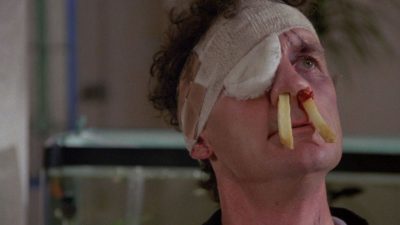

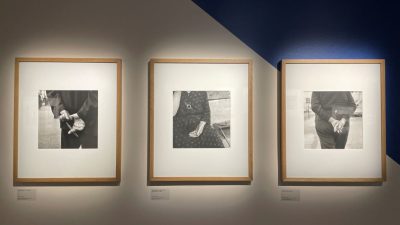
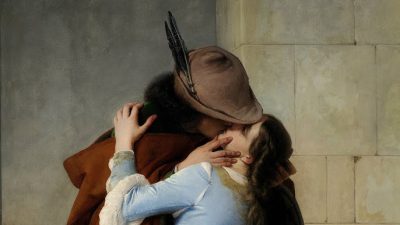


















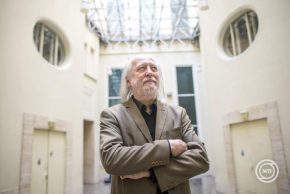
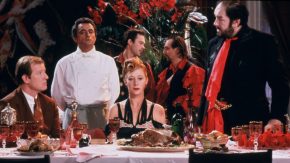
Comments
2 Responses to “Who is the man behind the remembrance stones? – interview with Gunter Demnig”